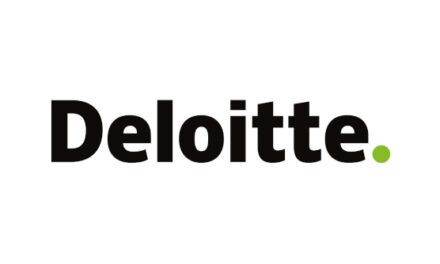COP28 starts in Dubai on Thursday 30 November. The UN’s annual get-together of leaders, NGOs and activists to discuss climate change serves as a regular call to individuals, businesses and governments to assess where we currently stand in face of this, the greatest threat to us all.
What progress has been made? Are we doing enough? What more needs to be done?
COP27, held last year in Egypt, recognised that climate change hits the emerging world disproportionally to their economies’ greenhouse-gas emissions. Devastation caused by flash floods, wildfires and hurricanes in those countries should be compensated for by the rich-world nations whose greatly higher emissions contributed to those violent weather events. The Loss and Damage mechanism, agreed last year, also supports infrastructure investments intended to mitigate the effect of extreme weather, which is occurring more and more frequently across the global south.
As we ponder what conclusions will be reached in Dubai at COP28, it’s a good time to step back and reflect on where we are. This year’s COP will serve as a global stock-taking, the first time countries have to present an inventory of how far each of them has gone to meet their climate promises.
September 2023 was the hottest September ever recorded in human history. The average surface temperature was 1.4C hotter than the pre-industrial average; dangerously close to the 1.5C limit we set ourselves as a target in the Paris Agreement of 2015. Time is running out. When will we reach our climate-neutrality and net-zero targets? And what sacrifices to our lifestyle will we all have to make to ensure that our grandchildren still have a habitable planet to live on, rich in biodiversity and benign in climate?
As we travel around Poland, looking at the on-shore wind turbines and photovoltaic installations, and see increasing numbers of cars with green number-plates, it’s easy to observe that progress is being made. Indeed, in so many areas of life, the ESG requirements are making themselves felt.
Emissions must not just peak, they must peak quickly and then fall quickly. We can pat ourselves on the back and observe that we will be burning less fossil fuel than before. And yet every flight to an exotic holiday destination, every kilometre driving in a petrol-or-diesel-engined car, every beef burger consumed, pushes the dial in the wrong direction.
The biggest question hangs over the notion of economic growth. Are we still to expecting to buy more things and live ever-richer lives while reversing the effects of this activity on the environment? For CEOs, leading companies is becoming an increasingly difficult task. Having to balance profit and growth with environmental and social impact, transparency and governance, means continually having to make tough judgment calls.
The latest iteration of the EU’s non-financial reporting directive, CSRD, comes into force for financial year 2024, which means that corporates covered by its scope will have to start capturing data for a slew of indicators that measure their environmental performance from the New Year. For many business leaders, having to absorb this information alongside financial data – and take necessary action upon it – will be a major challenge. “I see I must cut emissions, so I must invest. But that means less operational surplus, less profit. Which priority takes precedence?”
Shareholders, financiers and consumers are watching. Today’s CEOs walk a tightrope; no longer can they charge ahead on a single-minded dash to increase profit quarter on quarter. As climate change becomes more noticeable by consumers and voters, the more restrictive new legislation is likely to be – and the tougher it will be to lead businesses.
























